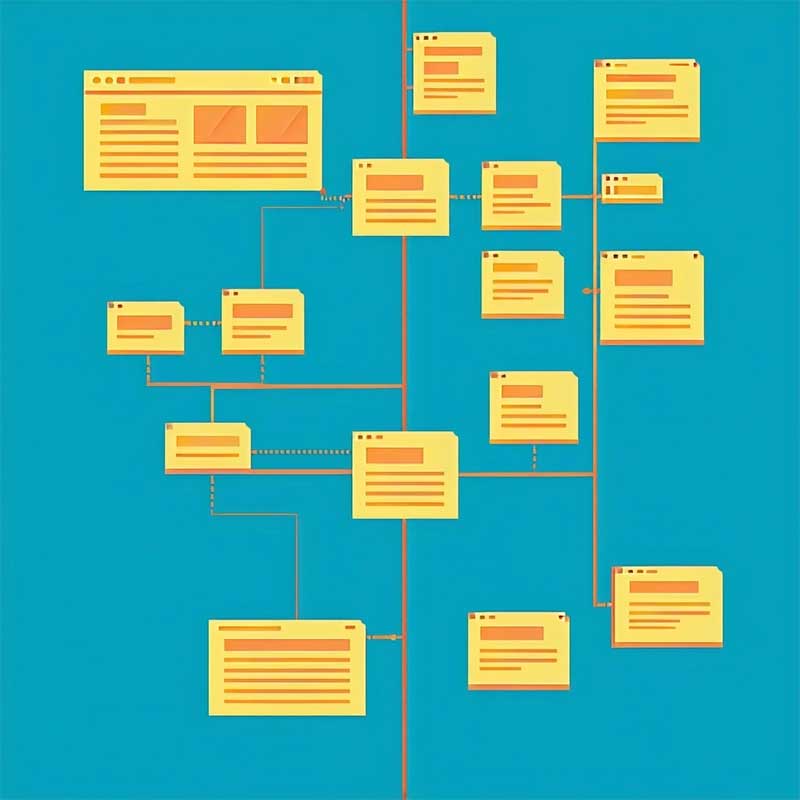In today’s fragmented marketing landscape, understanding how customers interact with your brand at every stage of their journey isn’t just important; it’s foundational. That’s where Customer Journey Mapping Techniques come in.
If you’re a CMO, digital strategist, or business owner trying to connect the dots between intent, engagement, and conversion, you need a map. Not a theoretical one; but a clear, actionable journey map that shows how your prospects move from awareness to advocacy.
Let’s walk through how to master Customer Journey Mapping Techniques that actually drive growth, improve alignment between sales and marketing, and give your customers a better experience across every touchpoint.
What is Customer Journey Mapping?
Customer journey mapping is the process of visualizing the path your customers take from their first interaction with your brand to their final conversion and beyond. It includes each stage, touchpoint, emotional state, and objective a customer has along the way.
When done right, Customer Journey Mapping Techniques help businesses uncover friction points, understand motivations, and align marketing efforts with actual customer behavior.
But the key is doing it right. Not just checking boxes, but building a map that reflects the true experience of your customers.
Why Journey Mapping is More Critical Than Ever
The customer experience doesn’t happen in silos. Your prospects aren’t thinking about whether they’re in a paid campaign or reading an organic blog post. They’re moving through a journey; one that’s increasingly multi-channel and nonlinear.
Here’s why mastering Customer Journey Mapping Techniques matters more than ever:
- Shorter attention spans: You don’t have five chances to get it right. You often have one.
- Multiple channels, same user: One customer might click a Google ad, then follow your brand on LinkedIn, then talk to sales a week later.
- Expectations are higher: Users expect a seamless, relevant experience at every stage.
Without a reliable map, it’s nearly impossible to deliver that kind of journey.

Core Steps to Map Your Customer Journey Effectively
Here’s a framework I use with clients when building out a journey map that leads to real outcomes:
1. Define Your Key Personas
Start with the customer, not the product. Identify the primary personas that engage with your brand. What motivates them? What are their goals? Pain points?
Create 2–3 real-world profiles based on data, not assumptions.
2. Document Every Touchpoint
Map out every place a customer interacts with your brand:
- Website pages (landing pages, blog posts, pricing)
- Google Paid ads and LinkedIn Paid Ads
- Organic search
- Email campaigns
- Sales calls
- Live chat or AI bot interactions
Knowing the “where” allows you to improve the “how.”
3. Identify the Stages of the Journey
While each company’s customer journey is unique, most follow a variation of these stages:
- Awareness
- Consideration
- Decision
- Retention
- Advocacy
Using proven Customer Journey Mapping Techniques, you can assign content and interactions to each of these phases. This ensures that your messaging and campaigns meet the user where they are.
4. Capture Emotional Drivers
This is where most journey maps fall short. Don’t just map actions; map feelings. What frustrations do users face at each stage? What excites them? Understanding the emotional journey gives your marketing real empathy and power.
5. Pinpoint Gaps and Friction
Audit your map for gaps in messaging, UX issues, or content drop-offs. For example, if your data shows users drop off after hitting your pricing page, is it confusing? Is it missing case studies? This is where you fix what’s broken before it costs you conversions.
Tools That Support Customer Journey Mapping
You don’t have to whiteboard this manually.
A few tools I recommend that align with effective Customer Journey Mapping Techniques:
- Hotjar or Microsoft Clarity – for heatmaps and user behavior analysis
- Google Analytics 4 – to identify event tracking and drop-off points
- HubSpot or Salesforce – to see the full lead lifecycle
- Miro or Lucidchart – to visually map out and collaborate on the journey
The right tech stack can help validate what your map shows and surface what it doesn’t.
Common Mistakes to Avoid
- Mapping from the inside out – Don’t start with your org’s needs. Start with your customer’s goals.
- Making assumptions – Use real user data, not “gut feel,” to build your journey.
- Skipping after-sale phases – Advocacy and retention are critical parts of the journey. Don’t neglect them.
- Treating the map as final – It’s a living document. Revisit it quarterly as behaviors and channels shift.
How to Turn Your Journey Map into Results
The best journey maps don’t just sit in a slide deck. They drive action.
Here’s how I help clients activate their maps:
- Align marketing automation sequences by stage
- Adjust ad creative and copy based on persona triggers
- Optimize landing pages with stage-specific CTAs
- Build nurture flows for post-conversion engagement
- Route leads to the right sales contact based on journey scoring
Great Customer Journey Mapping Techniques aren’t static. They evolve with your customer and create a feedback loop that improves both experience and revenue over time.
Wrapping Up Customer Journey Mapping
If you’re not mapping the full experience of your buyer, you’re flying blind. But when done right, Customer Journey Mapping Techniques become one of the most valuable tools in your marketing strategy. They help you personalize outreach, tighten up conversion paths, and reduce wasted spend across your channels.
I’ve helped dozens of companies from early-stage SaaS to enterprise B2B uncover insights and improve results with better journey mapping.
If you’re ready to dive into your own journey and want help putting this into action, let’s connect.
Contact me for a free consultation
Or reach out directly on LinkedIn

